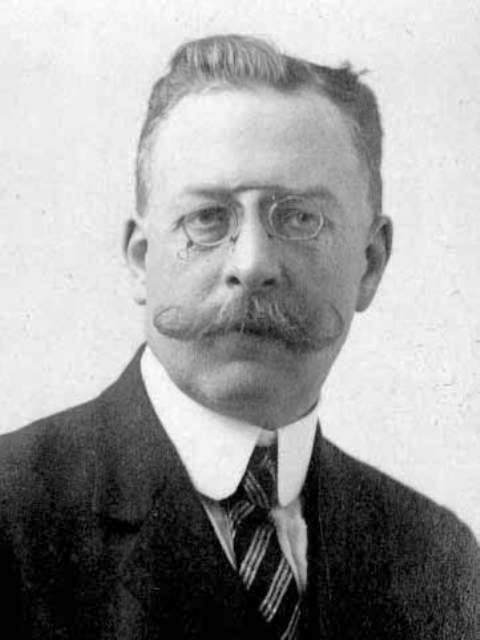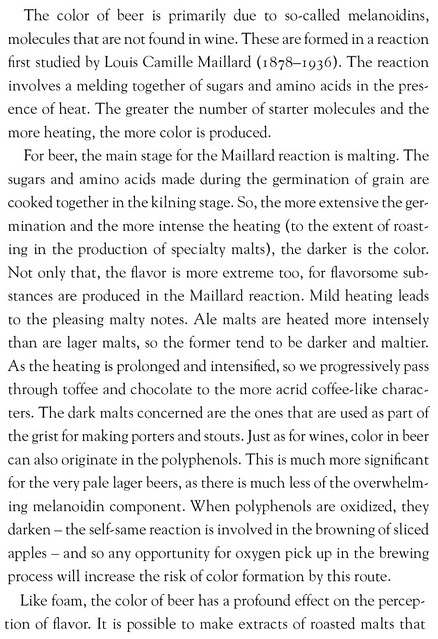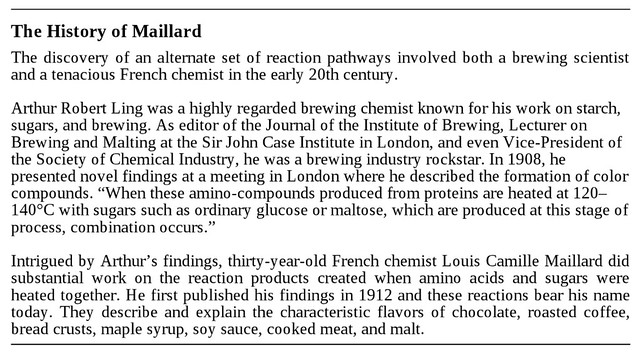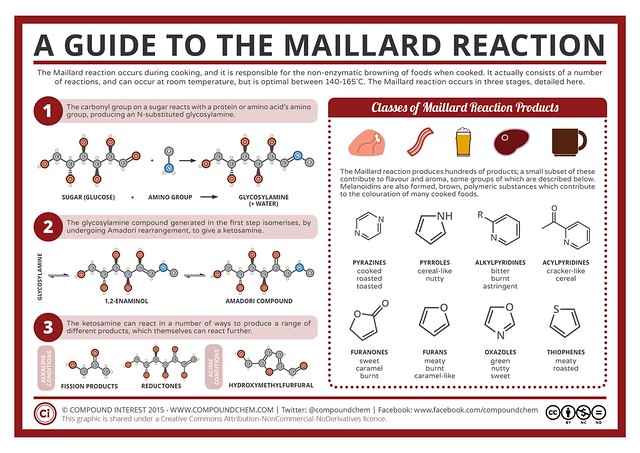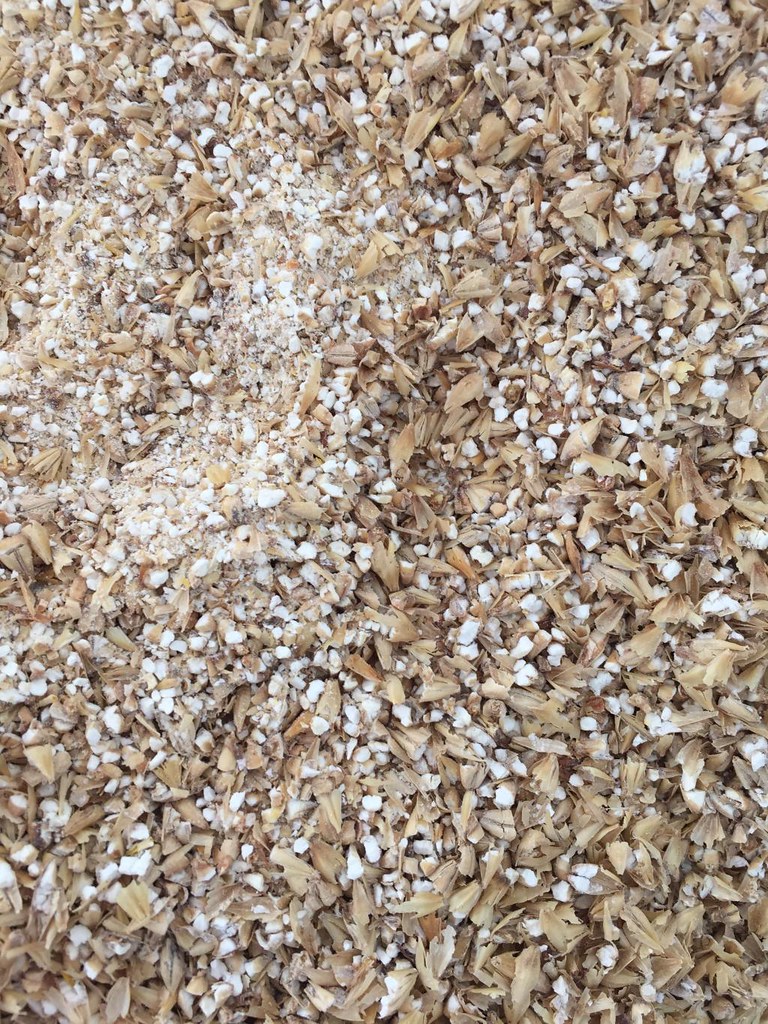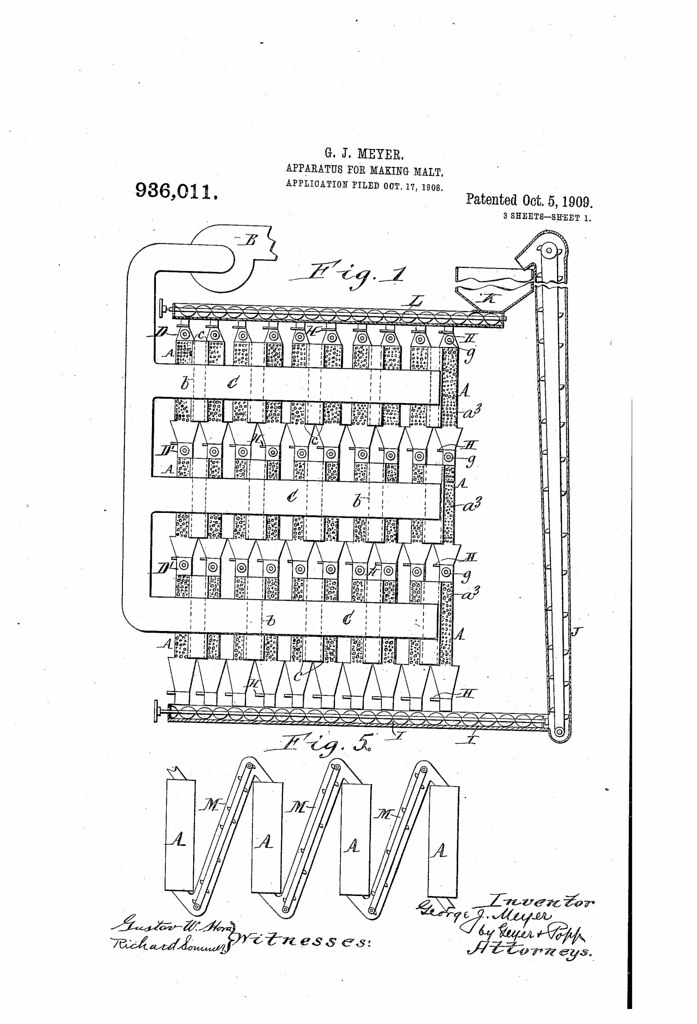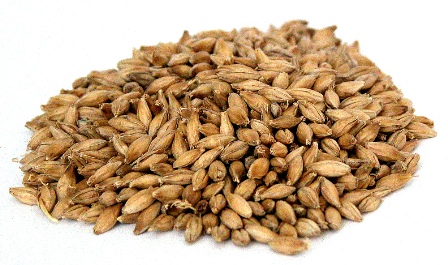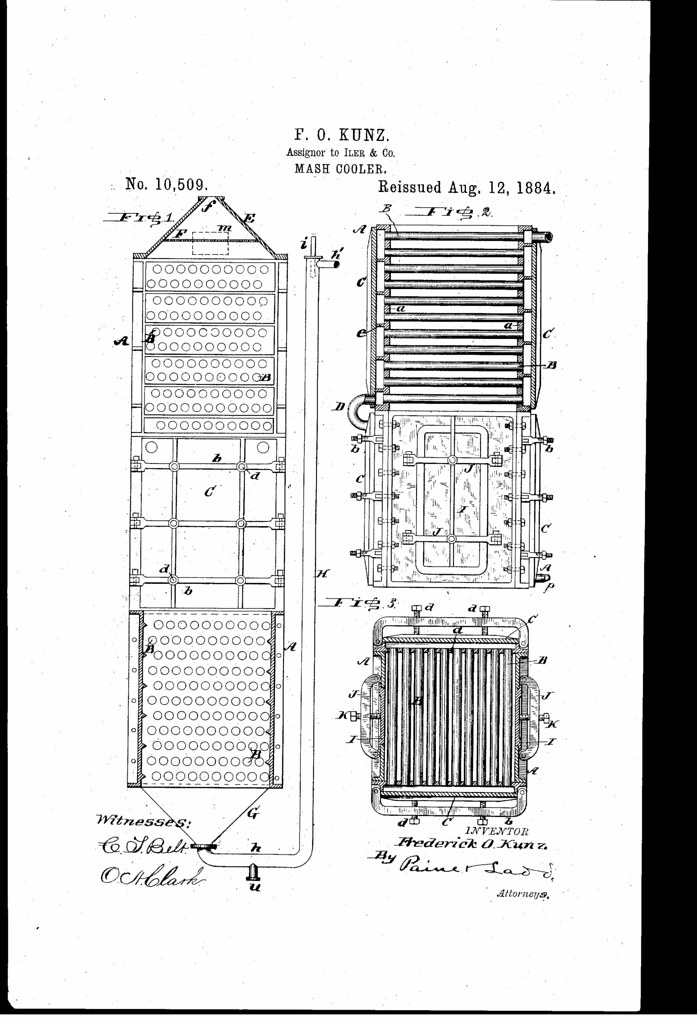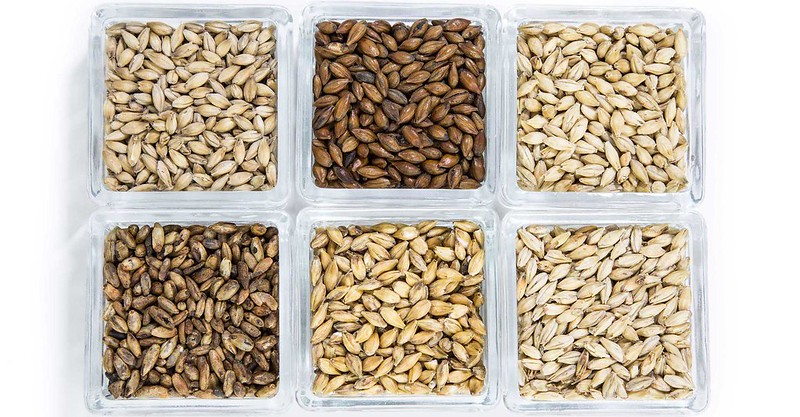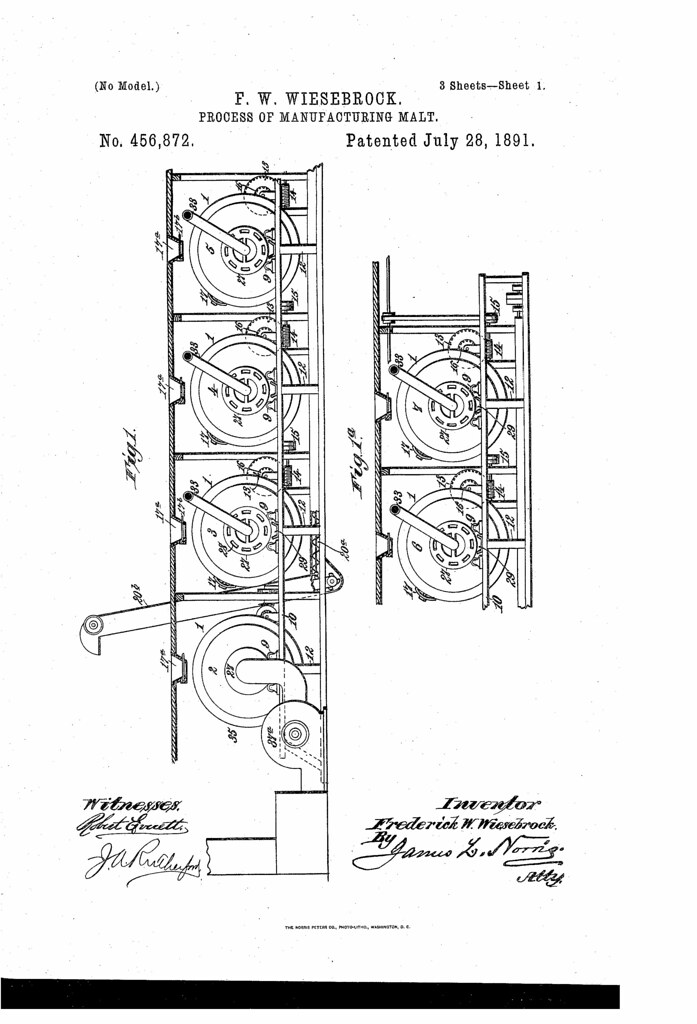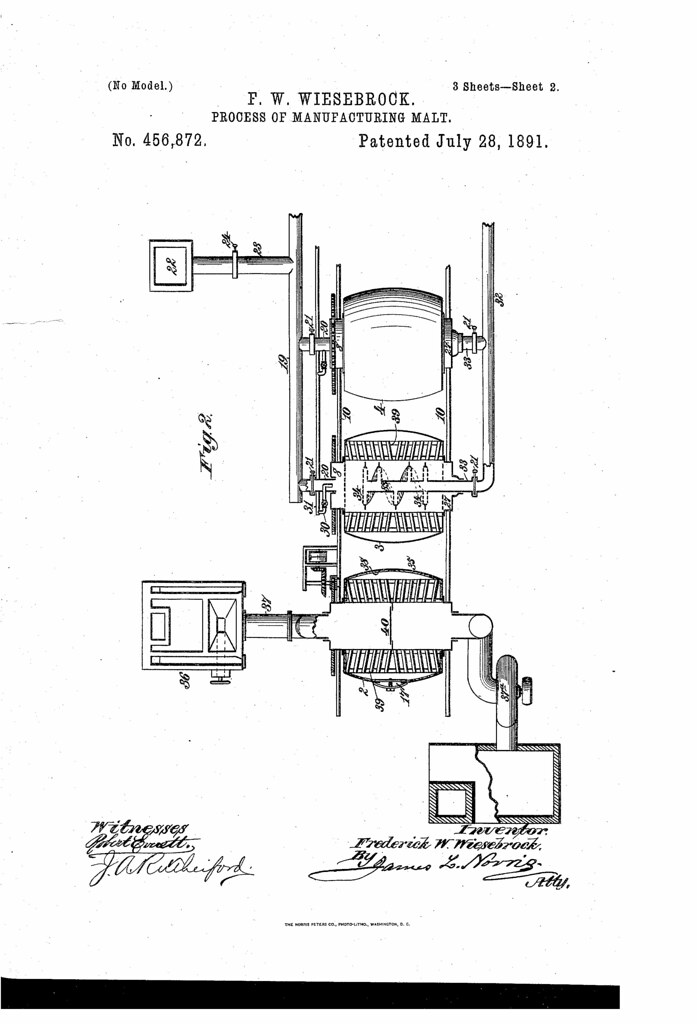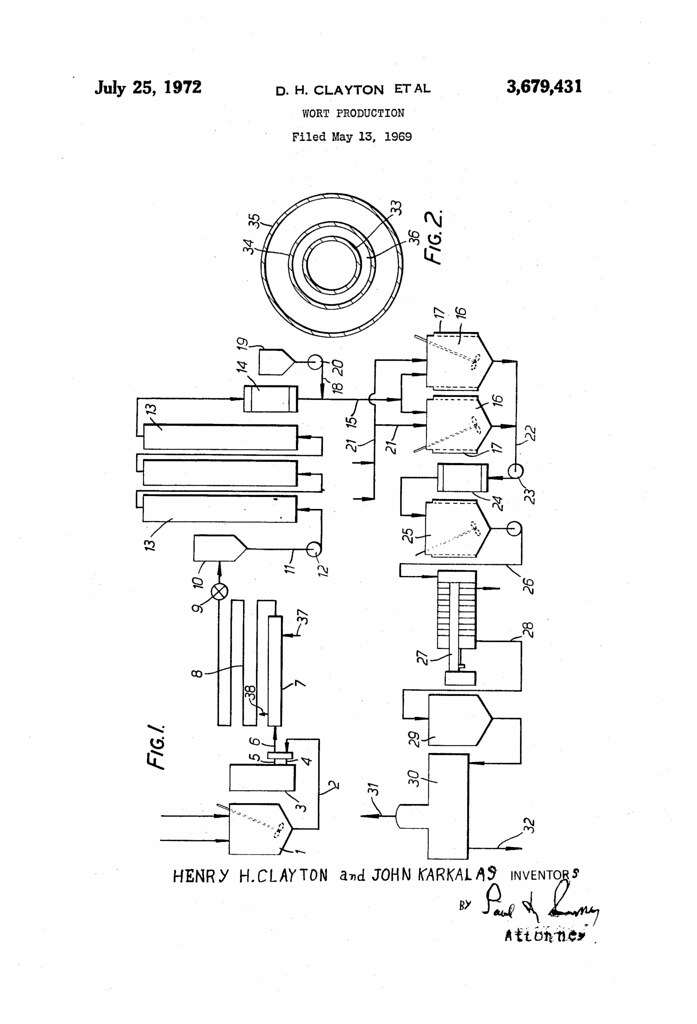
Today is the birthday of Louis Carl Huck (November 2, 1842-December 25, 1905). He was born in Baden-Württemberg, Germany, and in 1847, when he was four, he came to the U.S. with his parents when they settled in the Chicago, Illinois area. After graduating from college in 1861 — Notre Dame — Huck joined the brewery his father founded in 1847 (along with John Schneider), then known as the John A. Huck Brewing Co., and was put in the position of secretary and treasurer. But he left the family business in 1871 to briefly work for a local maltster before opening the L.C. Huck Malting Co. the same year, incorporating his business in 1878. Unfortunately, his father’s brewery was destroyed by a fire the same year, 1871, and never reopened again. The malting business proved profitable, but he sold the business in 1890, turning his attention to politics and real estate investment, while staying keenly interested in the malt trade for the remainder of his life.

Here’s a short obituary from his page at Find-a-Grave:
Son of Chicago’s German style beer Brewing pioneer John A. Huck, founder of the L.C. Huck Malting Co, realtor, Director, Western Stone Co. President, Annie Laurie Mining Co. Cook County Treasurer and Tax Collector 1875-77. Treasurer Chicago Chamber of Commerce, member of the Union League Club and Germania Club of Chicago Resided at what was then known as 576 LaSalle Ave. at the time of his death.

This obituary of Huck is from “The Western Brewer: and Journal of the Barley, Malt and Hop Trades,” from January, 1906:




And this entry about his malting company is from “100 Years of Brewing,” published in 1903:











